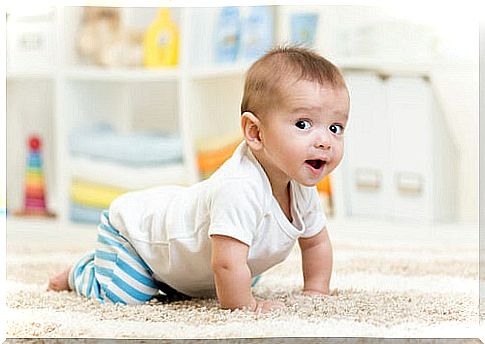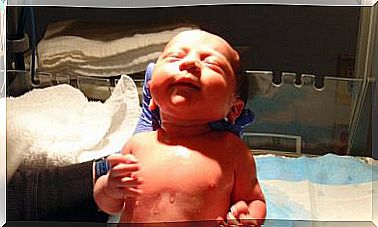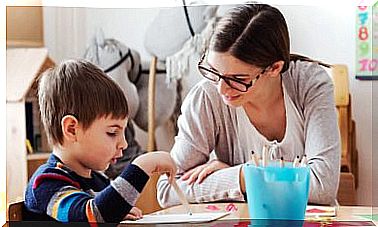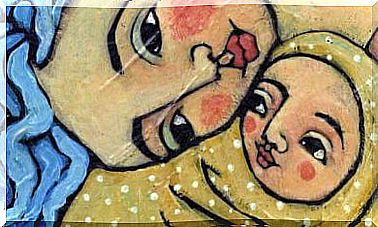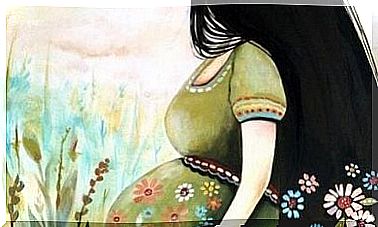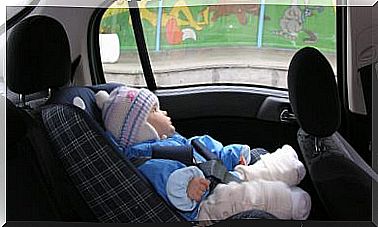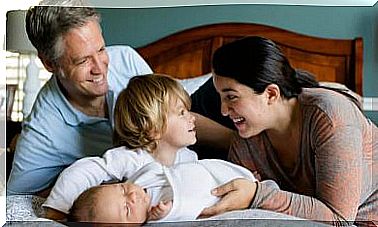Sensology For Children, What Is It?
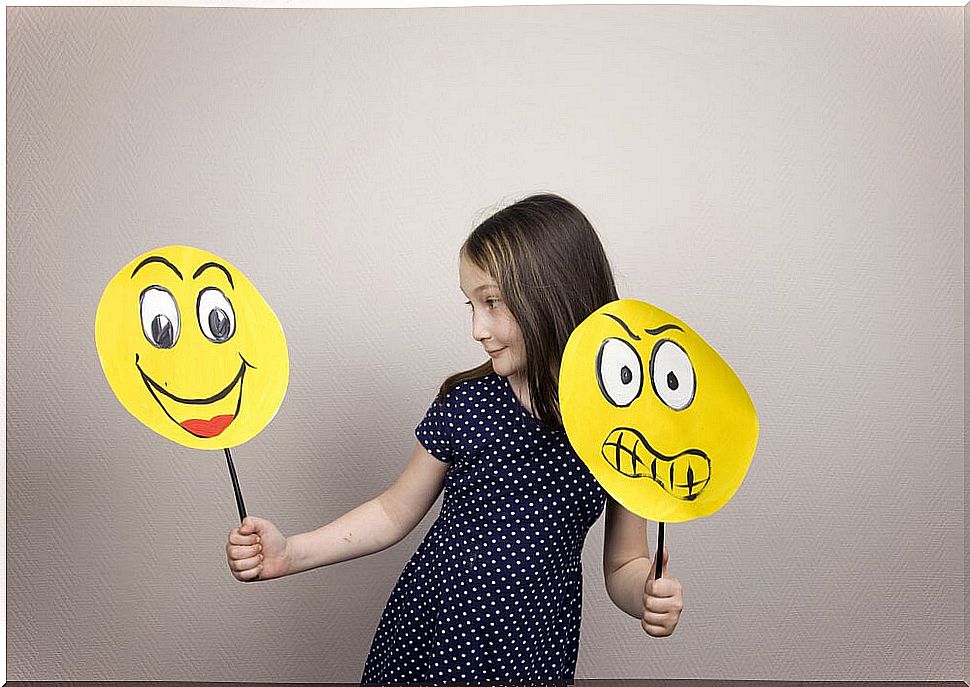
Sensology for children was created by Carles Bayod, pedagogue and Doctor of the University of Barcelona, and author of Play to Feel . It is defined as the science of transmitting non-verbalizable sensations .
Thanks to sensology, we get our children to be more aware of the world around them and to react more assertively to the stimuli they receive from outside. In short, it develops a new type of intelligence capable of improving self-esteem and the way in which we relate to others.
Sensology in children. What is it and how can it help you?
The importance of knowing how to transmit emotions is enormous, and being able to work on it from an early age will result in individuals with better social development. Sensology gives us tools that help us to fix those sensations and then turn to them when we need them and even renew them.
So that children can enhance their creativity and relate the new knowledge they acquire in their day-to-day life and with their artistic side, it is based on the feelings that this generates in them. It is a technique that works with the two cerebral hemispheres: that of emotions and that of language.
Sensology for children through play
This science considers that the most important thing in the education of children is the deep knowledge of themselves as unique beings. To achieve this, there are six levels of learning to empower your entire brain through play.
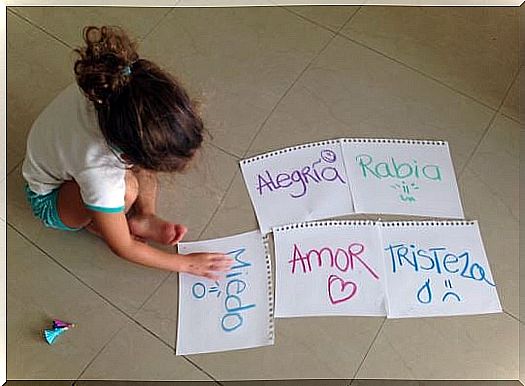
1. Feel and express feelings
The first thing is that children learn to feel and express what they feel by relating their emotions. It is about enhancing your sensitivity and creativity. Bayod calls it “sensation gymnastics.”
2. Feel and express themselves
At this stage they are already able to differentiate what they feel about themselves, physically and mentally.
3. Feel others and empathize with them
At this level, children learn to feel and express through the other. How they feel and how they relate to the people around them.
4. Feel the environment and integrate
Here they discover the sense of aesthetics and the function of this fourth level is that they learn to relate to the environment.
5. Discover the subjects and integrate them into themselves
Now they are able to integrate what they learn at school into their personal world. This will increase your performance. At the same time, emotional relationships will be very positive.
6. Feel art and express yourself through it
This level is dedicated to art, as well as the mechanisms of perception and expression and how they are able to understand it during childhood.
Playing you learn
All learning must be done from a playful point of view. In the case of sensology, activities are proposed that provoke stimuli and responses based on sensations. Carles Bayod, has created a catalog of sensogames that seek to work on different aspects of life. In them, he uses both parts of the brain: the verbal (left) and the sensological (right).
According to its author, this selection of sensogames encompasses the playful, the didactic, the purely pedagogical, social awareness, sensotherapy and new techniques for analysis and business creativity that we could call senso-marketing. These sensogames generate synesthesia and develop the holistic and strategic capacity of the brain that allows it to work faster and more effectively.

What qualities do sensogames have?
- They force the player to interact with teammates verbally and use strategies.
- They develop a part of the human brain that is not usually stimulated.
- They build “sensological intelligence.”
- They adapt to each player and their personality, so they are always changing.
- They are suitable for any age, social class or interest rate.
- There is a catalog of more than fifty sensogames.
- They are based on the experiences of everyday life, what one lives without realizing that he lives it.
- They adapt to any era and types of material.
There are social, educational, artistic, therapeutic sensogames, for companies, for tasters, universal consultation … Each game line is made up of several sensogames.
In short, with sensology for children we are faced with a novel tool that opens up a new field and the development of a sensory intelligence applied to practical life that is reflected in the way we learn and interact.
